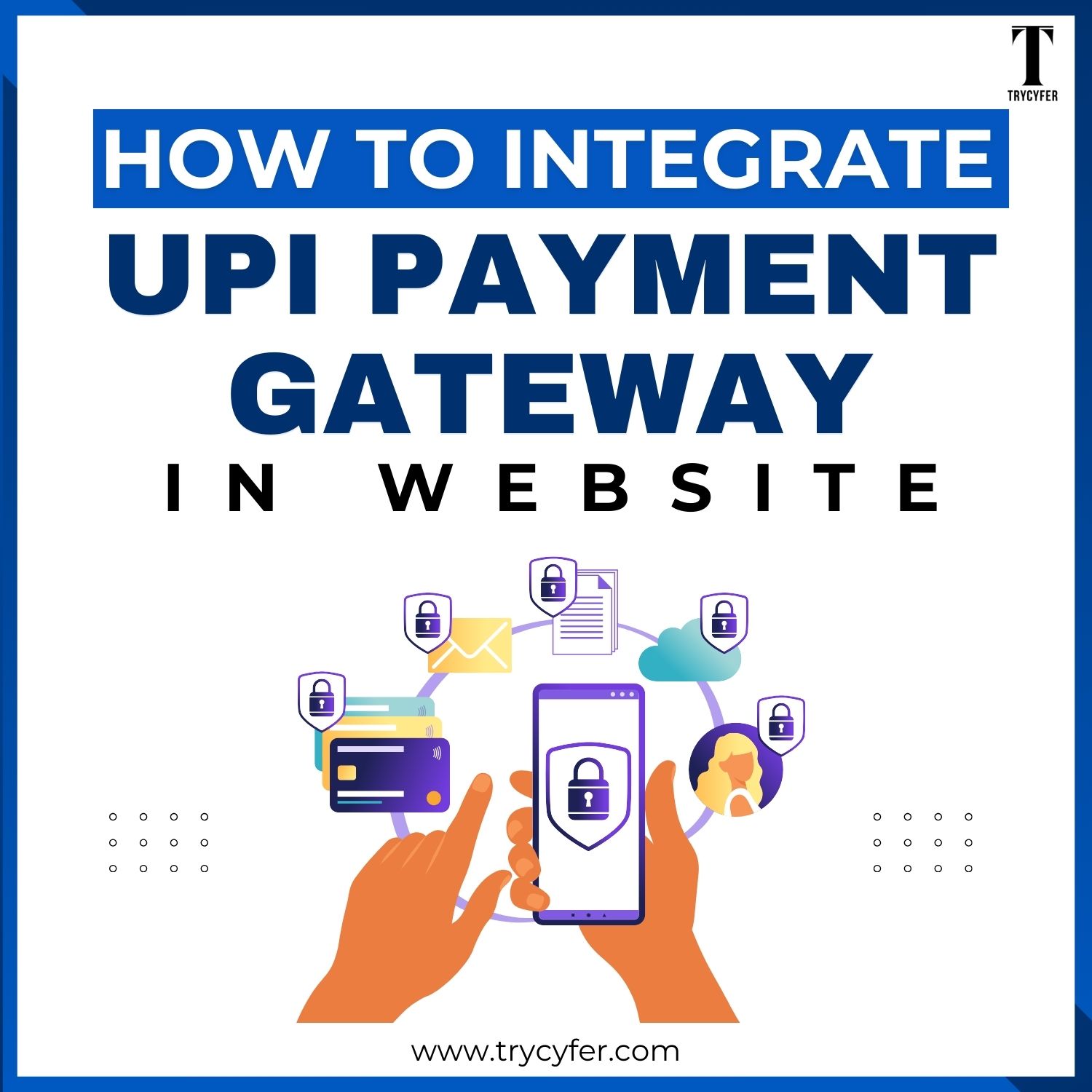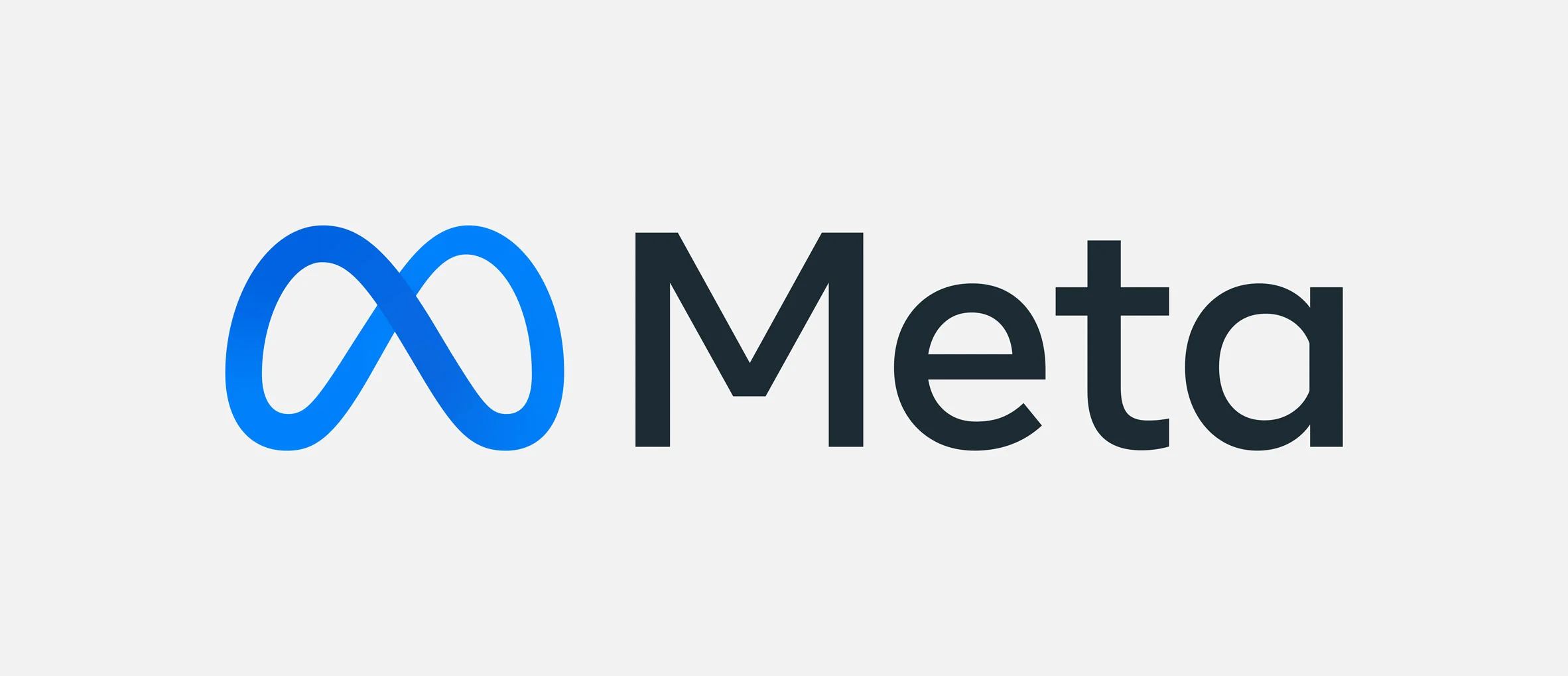How to Integrate UPI Payment Gateway in Website

To integrate a UPI (Unified Payments Interface) payment gateway into your website, you must follow several steps to ensure smooth, secure customer transactions. UPI is widely used in India, offering real-time, easy, direct bank-to-bank transactions. In this blog, we will walk you through the steps involved in integrating UPI payment gateways into your website and discuss the benefits, types of payment gateways, and how it all works.
What is UPI and Why is it Important?
Unified Payments Interface (UPI) is a real-time payment system developed by the National Payments Corporation of India (NPCI). UPI allows users to instantly transfer money between two bank accounts through a mobile app. UPI has increased in India due to its simplicity and efficiency, offering users a seamless way to make payments without needing bank account details, IFSC codes, or complicated processes.
Types of Payment Gateways
You should understand the different types of payment gateways while considering integration for your website. Each type has its unique features, benefits, and limitations, all of which can significantly impact the user experience and the security of transactions. The most common types of payment gateways include:
- Hosted Payment Gateways: These redirect the user to a third-party payment page to complete the transaction. Examples include PayPal and PayU.
- Self-hosted Payment Gateways: These allow you to keep the user on your website for the payment process. The website collects payment information and then sends it to the payment gateway. Examples include Razorpay and Paytm.
- API-based Payment Gateways: These work via APIs, integrating the payment system directly into the website. This offers greater flexibility and control over the user experience.
For UPI payments, many popular payment gateways offer easy integration, including Razorpay, PayU, and Paytm.
How Does UPI Work on a Website?

A real-time payment system – Unified Payments Interface (UPI) was developed by the National Payments Corporation of India (NPCI) in 2016. UPI offers a seamless and secure way to accept payments. When you integrate UPI into your website, the payment process for your customers becomes efficient and convenient.
When a customer makes a purchase on your website and selects UPI as the payment method, the following steps occur:
- The customer enters their UPI ID or scans a QR code using their UPI-enabled app.
- The app sends a payment request to the customer’s bank.
- The customer authorizes the payment by entering their UPI PIN in the app.
- The money is transferred from the customer’s bank account to your business’s bank account, and both parties receive confirmation of the transaction.
This simple process provides a convenient, secure, and efficient payment method that is gaining popularity across e-commerce websites.
Read Also: How Many Types of Websites Are There?
Choosing the Right UPI Payment Gateway
Selecting the right UPI payment gateway for your website is a key decision that can considerably impact the user experience, transaction success rates, security, and overall business performance. Your payment gateway should align with your business requirements, customer base, and technical capabilities.Choosing the right UPI payment gateway is essential for providing a seamless customer experience. Key factors to consider include:
- Transaction Fees: Look for a payment gateway that offers competitive rates for UPI transactions.
- Security: Ensure the payment gateway complies with PCI DSS (Payment Card Industry Data Security Standard) to safeguard sensitive data.
- Reliability: The gateway should have high uptime and transaction success rates.
- Ease of Integration: Some payment gateways offer easier APIs and documentation for faster integration.
Some popular UPI payment gateways in India are Razorpay, PayU, Instamojo, and Paytm.
Steps to Integrate UPI Payment Gateway
a. Register for a UPI Payment Gateway
The first step in integrating UPI payments into your website is registering with a payment gateway provider that supports UPI transactions. Providers such as Razorpay, PayU, or Paytm require you to create an account and submit details about your business.
b. Collect Required Documents
To complete the registration process, payment gateways typically ask for certain documents:
- PAN card of the business owner
- Business registration certificate
- Bank account details
- GST certificate (if applicable)
Once these documents are verified, your payment gateway account will be activated.
c. API Integration
After registration, the payment gateway will provide API documentation to help integrate the UPI payment system with your website.
- The API lets your website communicate with the UPI system and securely process transactions.
- You will need a developer to use the API keys provided by the gateway and embed the functionality into your website’s backend.
d. Frontend Integration
For the front end, you must provide users with an interface to enter their UPI ID or scan a QR code.
- You can design a user-friendly form where users input their UPI ID or a button that generates a QR code.
- Ensure the user interface is simple, responsive, and easy to use on desktop and mobile devices.
e. Backend Integration
The backend is responsible for processing UPI payments, verifying transaction details, and securely handling data.
- This involves using the payment gateway API to validate payments, generate transaction IDs, and notify users about the payment status.
- Your backend must handle successful transactions and provide the user with a confirmation page.
Testing the UPI Payment Gateway Integration

Once the UPI payment gateway is integrated into your website, it is essential to thoroughly test the integration before going live. This ensures that the payment process is secure and functions properly for your users. Here’s how to test the UPI payment gateway integration on your website:
- Test Multiple Scenarios: Try various UPI IDs, payment amounts, and mobile devices to ensure the integration works smoothly in all cases.
- Test Failure Scenarios: Simulate failed payments to ensure users receive proper error messages and instructions.
- Monitor Logs: Keep track of logs for failed transactions or security issues.
Security Considerations for UPI Payment Gateway Integration
Security must be a top priority when integrating a UPI payment gateway into your website. As website owners, developers, and businesses, you are accountable for securing the integration of UPI payment. UPI transactions involve sensitive customer data like bank account details and payment credentials. Any breach or security loophole could lead to severe consequences for the business and its users. Ensuring that your website’s UPI payment integration is secure helps build customer trust and protects against financial and reputational risks.
Security is vital when dealing with financial transactions. Make sure to implement the following:
- SSL Certificates: Ensure your website has an SSL certificate to secure communications between your website and the UPI system.
- PCI DSS Compliance: Follow PCI DSS standards for handling payment data securely.
- Fraud Prevention: Implement fraud detection tools and monitor suspicious transactions.
Best Practices for UPI Payment Gateway Integration
Integrating a UPI payment gateway into your website can significantly enhance the user experience by providing a fast, secure, and efficient payment solution. However, to ensure the integration is smooth, safe, and scalable, you should follow these best practices:
- Keep the Process Simple: Ensure users can quickly enter their UPI ID or scan a QR code without unnecessary steps.
- Optimize for Mobile: UPI is commonly used on mobile devices, so ensure your website and payment interface are responsive and optimized for mobile users.
- Clear Confirmation Messages: After a successful payment, show a confirmation message immediately or redirect the user to a confirmation page.
- Payment Failure Handling: Provide clear instructions and support for users in case of payment failure or errors.
Conclusion
Integrating UPI payment gateways into your website can significantly improve the user experience, offering customers a secure and seamless way to complete transactions. Whether running an e-commerce platform or providing online services, UPI integration is essential for staying competitive in the digital landscape.
At Trycyfer, we specialize in web development and payment gateway integrations to ensure your website delivers the best possible experience for your customers. With our expert team, we can help you integrate UPI payment gateways quickly and securely, improving your user experience and business revenue as well. To learn more about our services, visit Trycyfer today!











